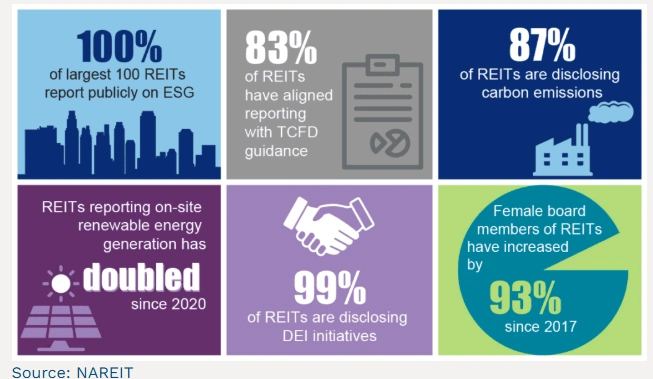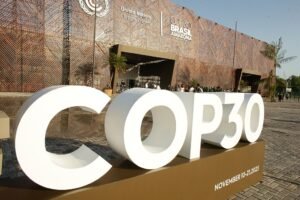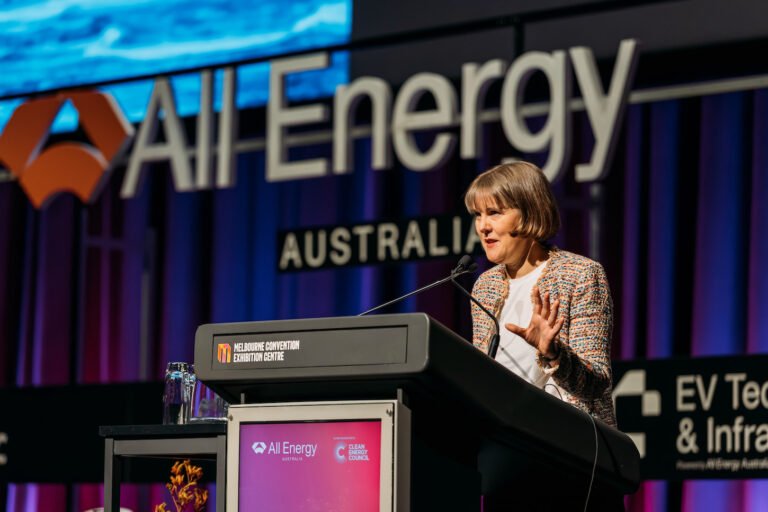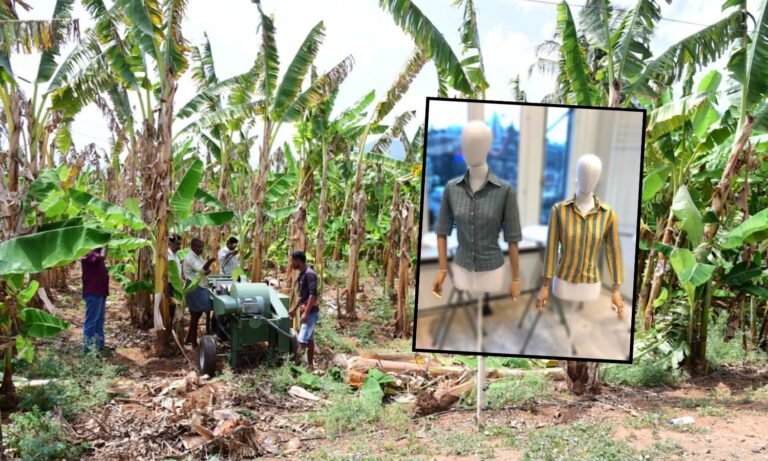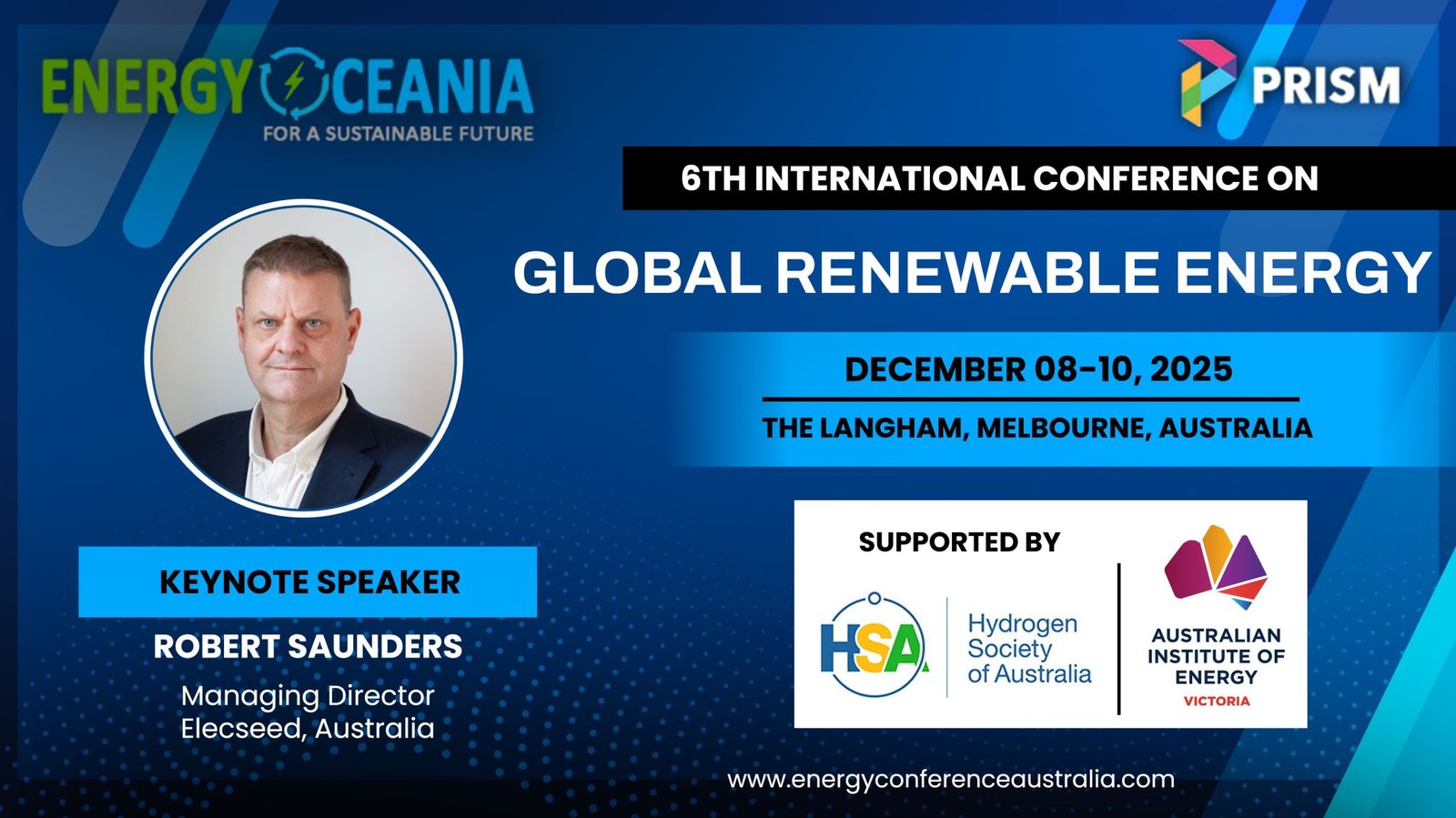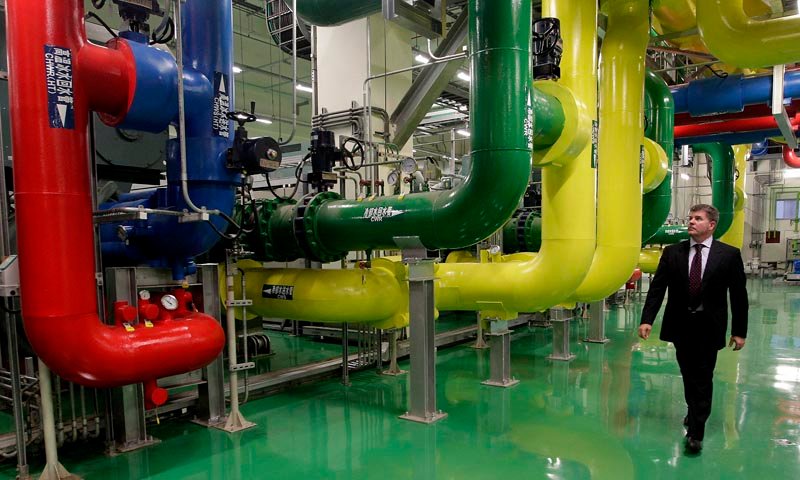Real Estate Investment Trusts (REITs) in Australia and Asia have been around since 2000, with criticism of excessive leveraging leading up to the 2008 Global Financial Crisis peaking at nearly 45% debt-to-equity from ~30% earlier in the decade. Now, it’s about decarbonization.
Real estate has always been about location. Around the world, Real Estate Investment Trusts (REITs) now are under pressure to slash emissions and show climate credentials. From Sydney to Singapore, the rise of Green REITs is reshaping property markets — and offering investors a way to align returns with responsibility. While Hong Kong was still preparing its REIT regime in the 1990s, Australia had already developed a mature REIT market (then called Listed Property Trusts), Japan launched its J-REIT framework in 2000, and Singapore followed in 2002, quickly becoming a regional REIT hub.
Australia: Early Days, Big Potential
Australia’s $150 billion A-REIT sector is one of the most mature in the world. Yet when it comes to dedicated Green REITs, the market is still nascent. Most activity has been led by the big players:
- Goodman Group has integrated renewable energy and carbon-neutral commitments across its industrial portfolio, linking sustainability to logistics demand.
- Dexus and Charter Hall are embedding ESG frameworks, with green-certified office towers and warehouse projects targeting 5–6 Star NABERS ratings.
But the real opportunity is still ahead: renewable-powered data centres, circular economy industrial parks, and hydrogen-ready logistics hubs. These assets could underpin the region’s first explicitly branded Green REITs, giving super funds and institutional investors a low-carbon property play.
Asia: Policy Muscle and Market Innovation
Where Australia lags, Asia is experimenting fast.
- Singapore: The Singapore Exchange (SGX) already requires climate disclosures, and investors are rewarding REITs with green-certified portfolios. CapitaLand Integrated Commercial Trust and Ascendas REIT are both scaling solar rooftops and energy-efficient retrofits, while MAS (the Monetary Authority of Singapore) is pushing green finance incentives.
- Japan: The Tokyo Stock Exchange lists multiple J-REITs that have issued green bonds to fund energy retrofits and low-carbon assets. With government pressure to hit 2050 net-zero, expect more REITs to roll sustainability directly into their growth strategy.
- Hong Kong: Struggling with record office vacancies, policymakers are tying adaptive reuse to ESG goals, opening the door for retrofit-focused REITs that revalue stranded assets through sustainability.
- South Korea: Institutional demand is growing for logistics and tech parks powered by renewables, with REIT structures seen as a financing vehicle for scaling.
Why Green REITs Matter
Globally, buildings account for about 40% of energy use and a third of emissions. Investors know decarbonising the built environment isn’t optional — it’s the ticket to future-proof portfolios. For Asia-Pacific markets, Green REITs also provide:
- Capital access: ESG-linked finance is cheaper and increasingly mandated.
- Tenant demand: Multinationals are chasing green leases to meet their own net-zero targets.
- Resilience: Properties with low energy bills and strong sustainability ratings weather downturns better.
The Next Wave: Data, Hydrogen and Circular Assets
What could define Australia and Asia’s first true Green REITs? Expect them to be anchored in clean digital infrastructure (data centres powered by renewables), hydrogen-ready industrial hubs, and circular economy logistics parks that turn waste streams into energy.
It’s a natural fit for Asia-Pacific. The region has soaring energy demand, ambitious net-zero targets, and deep pools of institutional capital looking for green exposure.
Green REITs aren’t just a niche product. They’re emerging as a mainstream investment vehicle for decarbonising cities and industrial systems across Australia and Asia. The question is whether Australian markets seize the opportunity — or let Singapore, Tokyo, and Seoul set the pace.
Here are five current REITs in Australia and Asia demonstrating green and sustainability initiatives:
-
Goodman Group (Australia)
- Initiatives: Goodman has achieved carbon-neutral operations ahead of its 2025 target, transitioned Australian operations to 100% GreenPower, and is investing in rooftop solar and embodied carbon measurement across its industrial properties. It’s also linked sustainability to financing via Sustainability-Linked Bonds.
Green Street NewsGoodman Group 2021 Sustainability ReportAustralian Securities Exchange
-
CapitaLand Integrated Commercial Trust (CICT) – Singapore
- Initiatives: CICT is pursuing net-zero carbon targets (Scope 1 & 2), installed a rooftop solar PV system delivering ~2.9 GWh/year (covering ~20% of landlord energy), and maintains that 99% of its portfolio is green-rated.
investor.cict.com.sg
-
GLP J-REIT – Japan
- Initiatives: A trailblazer in ESG financing, GLP J-REIT has issued over JPY 31.6 billion (US$290M) in sustainability-linked bonds (including ultra-long 20-year bonds). It also evaluates projects rigorously under a green finance framework, ensuring ESG credentials in acquisitions and renewals.
glp.comGLP投資法人+1
-
Japan Real Estate Investment Corporation (JRE)
- Initiatives: JRE was the first J-REIT to align with TCFD climate disclosure recommendations (2019), set CO₂ emission reduction targets by 2030, and issues Green Bonds to fund energy-efficient refurbishments and green-certified properties.
ジャパンリアルエステイト投資法人 ESGサイト+1
-
Link REIT – Hong Kong
- Initiatives: As Asia’s largest REIT by market cap, Link REIT issued Hong Kong’s first corporate green bond (2016). It’s included in multiple ESG indices like the Dow Jones Sustainability Asia Pacific and FTSE4Good.

